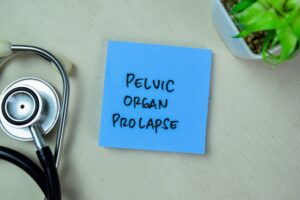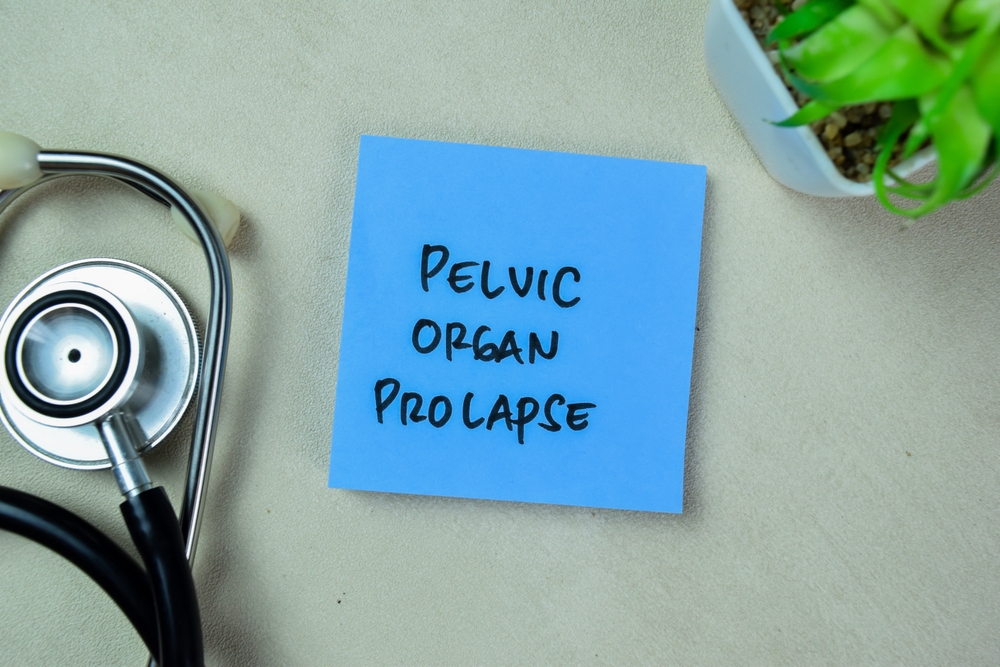Don’t Ignore Symptoms: Understanding Pelvic Organ Prolapse (POP)
It’s natural to feel apprehensive about unusual symptoms, but ignoring them won’t make them disappear. In fact, delaying medical attention can worsen the condition and limit treatment options. This is particularly true for Pelvic Organ Prolapse (POP)—a common yet often under-discussed condition.
What Is Pelvic Organ Prolapse (POP)?
 POP is a type of pelvic floor disorder. The pelvic floor consists of muscles and ligaments that act like a supportive hammock for the pelvic organs, which include:
POP is a type of pelvic floor disorder. The pelvic floor consists of muscles and ligaments that act like a supportive hammock for the pelvic organs, which include:
- Bladder
- Uterus
- Rectum
- Vagina
- Urethra
- Small bowel
When these muscles weaken—often due to childbirth, aging, or other factors—one or more organs can shift out of place, pressing against or descending into the vaginal area.
A healthy pelvic floor performs four key functions:
- Supporting the bladder, bowel, and reproductive organs.
- Allowing for strong and flexible movement.
- Controlling the sphincter muscles for bladder and bowel function.
- Maintaining sexual health.
Causes of Pelvic Organ Prolapse
Several factors can contribute to the development of POP, including:
- Vaginal childbirth (a leading cause)
- Obesity
- Heavy lifting
- Menopause
- Aging
- Chronic constipation or straining during bowel movements
- Chronic coughing (e.g., from smoking)
- Family history of POP
Symptoms to Watch For
If you suspect POP, look out for these symptoms:
- A sensation of fullness or pressure in the pelvis.
- Tissue bulging at the vaginal opening or a noticeable lump.
- Urinary changes, such as frequent urination, urgency, or difficulty emptying the bladder.
- Bowel changes, like incomplete stool evacuation or constipation.
- Discomfort during sex, vaginal bleeding, or persistent pelvic pain.
Discussing these symptoms may feel uncomfortable, but addressing them early can make treatment more effective.
Treatment Options for Pelvic Organ Prolapse
POP can be managed through a variety of approaches depending on the severity:
- Behavioral Treatments: Including pelvic floor exercises and lifestyle modifications.
- Mechanical Treatments: Such as pessaries, which provide internal support.
- Surgical Interventions: For advanced cases or when non-invasive options are insufficient.
Why Early Intervention Matters
Treatments for POP are most effective when symptoms are mild. Consulting an experienced urogynecologist or urologist can help you explore the best options for your specific needs.
Take Action Today
Don’t let fear or embarrassment prevent you from seeking help. Contact your local urologist for an evaluation and personalized treatment plan. Relief and improved quality of life are possible with timely care.





